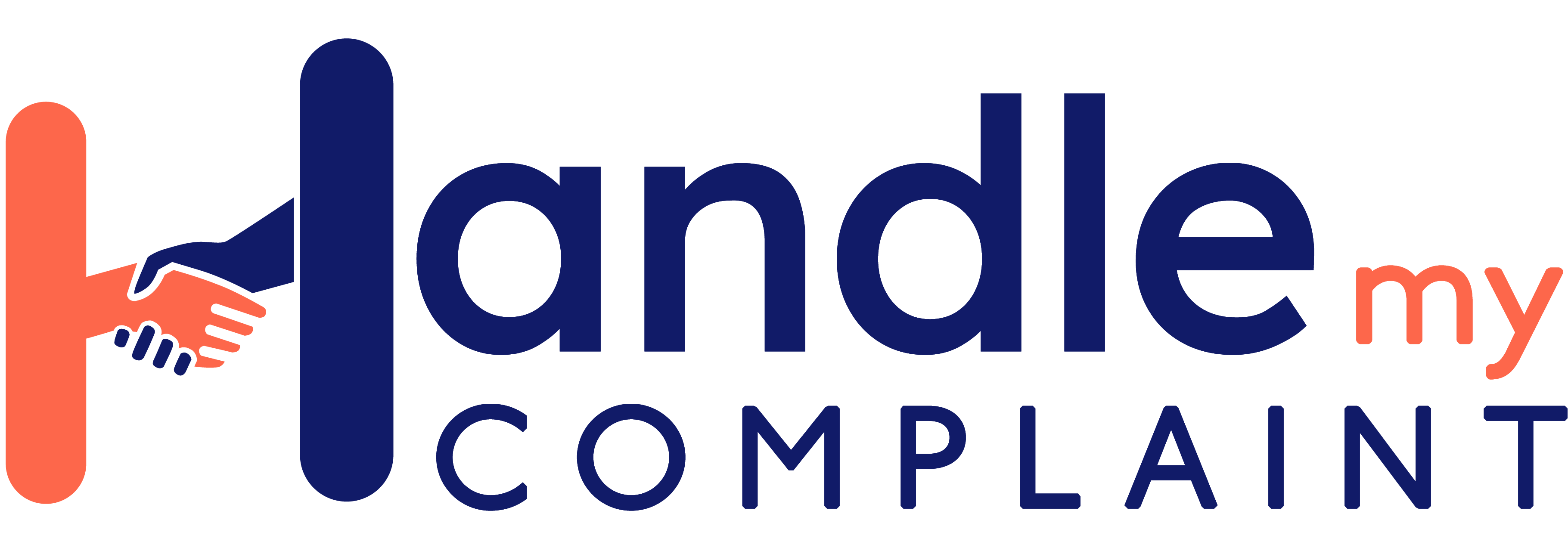
Raising hell: Why does childcare cost so much?
Last updated on July 27th, 2023
More than one million Australian families used childcare last year. If you were one of them, you know how expensive it has become.After a six-month investigation, the Australian Consumer and Competition Commission (ACCC) handed down its interim report into the sector earlier this month.
The ACCC found that childcare fees were rising faster than inflation and wage growth, and government subsidies have failed to keep pace.
So what is behind these high costs, and is there anything you can do to make childcare more affordable?
Why has the ACCC launched an inquiry into the childcare industry?
Two years ago, Jessica (not her real name) was paying $176 a day to send her daughter to childcare in Melbourne. From July 2023, that cost will rise to $204.40 – a $26.40 increase. In Adelaide, Laura has a similar concern. Childcare fees jumped by seven percent in 2022 and are expected to be 10 percent higher in 2023.
Jessica and Laura are just two of the many Australians feeling the pinch of rising childcare costs. It's a concern that hasn't gone unnoticed.

In October 2022, the Treasurer, the Hon. Jim Chalmers MP, asked the ACCC to conduct a price inquiry into the childcare services market. The goal? To understand the costs and prices charged by childcare providers since the start of 2018.
What have they been asked to examine?
More specifically, the ACCC is examining:
-
- The cost and availability of labour - They'll be looking at how much childcare providers are spending on wages and other labour-related costs, and how the availability of qualified staff affects these costs.
- Various business costs - This includes compliance costs, such as the cost of meeting regulatory requirements and other operational costs.
- Prices according to provider and size - This includes looking at how prices differ between large corporate providers and smaller independent providers and between providers that offer different types of services.
- The level of competition - The ACCC is examining how competition between providers affects the fees they charge. This includes looking at areas where there are many childcare providers and locations where there are few.
- Quality of service - Finally, the ACCC is looking at how the quality of services varies between providers and how this affects prices. This includes looking at factors such as staff qualifications, child-to-staff ratios, and the quality of facilities and programs.
The ACCC is expected to deliver its final report on the childcare inquiry by 31 December 2023. You can make submissions through various methods, including surveys and emails to [email protected]. The ACCC will seek submissions in response to a consultation paper in September 2023, and you'll need to submit it by October 2023. You can read more about the timeline on the Childcare Inquiry page.
What is the government's involvement in childcare?
Government involvement is crucial in making childcare more affordable for families. One of the key ways the government assists is through providing subsidies, namely the Child Care Subsidy and the Additional Child Care Subsidy.
These programs are designed to help families manage the cost of childcare. The subsidies are generally paid directly to your childcare provider, who then reduces your fees accordingly.
To be eligible for these subsidies, you need to meet certain criteria, including:
-
- Income tests
- Activity tests (which assess the amount of work, training, study or volunteering you're doing)
- Residency requirements
Additionally, the subsidies are only available for children who meet immunisation requirements and attend approved childcare services.
The subsidy amount depends on your circumstances. The Child Care Subsidy is means-tested, which means the subsidy rate decreases as your family income increases. The maximum hourly rate the government will subsidise also depends on the type of childcare service your child attends.
How much is childcare, and are the subsidies keeping up?
The cost of childcare has significantly increased since 2018, according to the ACCC Interim Report. From the September quarter of 2018 to the December quarter of 2022, fees for various childcare services have seen a notable uptick:
-
- Centre-based daycare - up by 20 percent
- Family daycare - up by 22 percent
- Outside school hours care - up by 20 percent
- In-home care - up by 32 percent
However, when we adjust these figures for inflation, the picture changes significantly. The average daily fee for centre-based daycare increased by 4 percent, family daycare by 6 percent, outside school hours care 4 percent, and 15 percent for in-home care.
Based on these increases, here are the national average cost for the following childcare service types as of December 2022:
| Service provider | National average fee | Interquartile range |
|---|---|---|
| Centre-based daycare | $123.64 per child per day | $108 - $134 per child per day |
| Outside school hours care | $90.23 per child per day | $82 - $100 per child per day |
| Family day care | $30.00 per child per session | $25 - $36 per child per session |
| In-home care (per family) | $301.42 per family per day | $255 - $319 per family per day |
The interquartile range represents the middle 50 percent of services, indicating a sizeable variation in the average fees across all service types.

These are average fees and can vary based on location, provider and other factors. The centre-based daycare, for example, is most expensive in major cities (approx $125/day) while cheapest in remote and very remote areas (approx $99/day). Similarly, large providers' fees for the same service were 9 percent higher ($133.05/day) than those of medium providers ($122.29/day) and 11 percent ($119.71/day) more than small providers.
Age is also a driver of prices. In both centre-based and family daycare services, children aged one pay the highest hourly fees ($12.10 and $11.93, respectively).
Has the subsidy kept pace?
As of 10 July 2023, the maximum household income for households to receive a Child Care Subsidy will increase from $356,756 to $530,000, and the maximum subsidy rate will increase from 85 percent to 90 percent. Here’s a summary percentage of fees covered by the government:
| Family income | Subsidy as of 10 July 2023 |
| $70,000 | 90% |
| $80,000 | 90% |
| $90,000 | 88% |
| $100,000 | 86% |
| $120,000 | 82% |
| $140,000 | 78% |
| $160,000 | 74% |
| $180,000 | 70% |
| $200,000 | 66% |
| $220,000 | 62% |
| $240,000 | 58% |
| $260,000 | 54% |
| $280,000 | 50% |
| $300,000 | 46% |
| $350,000 | 36% |
| $400,000 | 26% |
| $450,000 | 16% |
| $500,000 | 6% |
| $530,000 | 0% |
And here’s the summary of the increased hourly rate cap for each of the services:
| Service provider | Children below school age | School-aged children | ||
|---|---|---|---|---|
| 2022-2023 | 2023-2024 | 2022-2023 | 2023-2024 | |
| Centre-based daycare | $12.74 | $13.73 | $11.15 | $12.02 |
| Outside school hours care | $12.74 | $13.73 | $11.15 | $12.02 |
| Family day care | $11.80 | $12.72 | $11.80 | $12.72 |
| In-home care (per family) | $34.64 | $37.34 | $34.64 | $37.34 |
Is the subsidy increase enough to cover the expenses?
Despite these increases, the subsidy doesn’t seem to have kept pace with rising childcare costs.
One reason is that many childcare service providers charge more than the government's set hourly cap:
-
- About 20 percent of centre-based daycare services charge fees that exceed the hourly rate cap.
- Since 2018, the number of family and centre-based daycare services that charge fees exceeding the hourly rate cap has doubled.
- In remote Australia, the majority of outside school hours care services charge above the hourly rate cap.
Also, the subsidy doesn’t cover all fees. These include waitlist fees, enrolment fees, and late fees.
Waitlist fees are fees that some childcare centres charge parents to be placed on a waiting list for a spot in their facility. The fee costs anywhere from $10-$50 and is non-refundable. Enrolment fees are one-time fees charged by childcare centres during enrolment. It can cost between $50 to $250 per child, is usually non-refundable and covers administrative costs for enrolling a new child. Late fees are what centres charge when parents pick up their children later than the agreed-upon time. The fee is typically charged per minute ($1) or half-hour ($30).
What this all means is even with the increased subsidy, families are still facing higher out-of-pocket expenses due to the rising overall costs of childcare.
How to reduce childcare costs
Is there any point in shopping around?
Much like shopping around for services such as private health insurance, comparing childcare centres seems like a good starting point – particularly if you live in densely populated areas where there are more potential competitors within a two to three-kilometre radius. This means you have more service providers to choose from.
But since fees vary considerably based on different factors, shopping around may not necessarily lead to lower costs. And, of course, there are other factors you have to consider, such as the availability, safety and security of the centre.
According to some experts, here’s what you can do instead:
Register early
If you're planning to use childcare for the first time, enrol for the Child Care Subsidy ahead of time – ideally before your child's first day. It helps your provider understand your subsidy entitlement and expedites the process.
Confirm your income on time
If you’re already benefiting from the Child Care Subsidy, verifying your family's annual income by the designated deadline is vital. If not, your subsidy will cease, and full fees will be imposed until the issue is resolved.
Evaluate flexible hours
Ensure you only pay for the hours your child is in care. Some childcare facilities operate for 12 hours daily, but your child may only need a certain number of those hours. If you're billed for unused hours, this could result in substantial out-of-pocket expenses.
Mind the fee discrepancy
The Child Care Subsidy establishes a maximum hourly rate, but some childcare centres may exceed this rate. When this happens, you're responsible for the extra cost.
Reconsider salary increases
Although a pay raise is generally desirable, it could be counterproductive if you're nearing the Child Care Subsidy income threshold. A salary increase pushing you into a higher income bracket may reduce your subsidy and you may end up out of pocket despite the salary increase.
Log each 'Approved Activity' hour
Activities such as work, studying, job searching, and volunteering qualify for subsidised childcare. Your travel time may also be claimable as part of these approved activities.
Check proximity
Consider the cost difference between childcare near your residence versus near your workplace. Childcare services in suburban areas might be less expensive than those in urban centres, where higher rent could inflate your costs.

Where do I complain about a centre or the cost?
There are several avenues you can explore:
Complaints about an individual child care service’s fee policies and procedures
If your childcare service provider does not have a written policy about fees or has not provided the required 14 days’ notice of any changes to the fees, you can make a complaint about this to your State or Territory Regulatory Authority.
Challenging the fees charged by a service
Fee setting is a business decision made by individual services. If you wish to challenge the fees charged by a service, you should seek your own legal advice. You may also contact your state or territory consumer affairs or fair-trading departments.
Complaints about the Child Care Subsidy
If you have a complaint about your CCS payments, you can contact Services Australia (Centrelink) on 136 150. If you wish to complain about a Services Australia decision, you should first seek a review by Services Australia itself. And if you remain dissatisfied with how Services Australia handled your complaint, you can contact the Commonwealth Ombudsman.
Reporting illegal or fraudulent activities
If you know a childcare service is doing something illegal or fraudulent, you can report this information (anonymously if you wish) to the Department of Education, Skills and Employment (DESE).
Illegal activities include not complying with reporting and administration obligations, not providing appropriate staff or conditions or operating without proper registration. You can report an issue by calling 1800 664 231 or emailing [email protected].
The decision to place your child in childcare is an emotional one and you often feel guilty when you do so. Adding to that stress is the significant financial cost. It is hoped that the ACCC’s final recommendations will help bring those costs down. In the meantime, if you have a complaint about the childcare you’re receiving, lodge a complaint with us and we’ll help you handle it.






